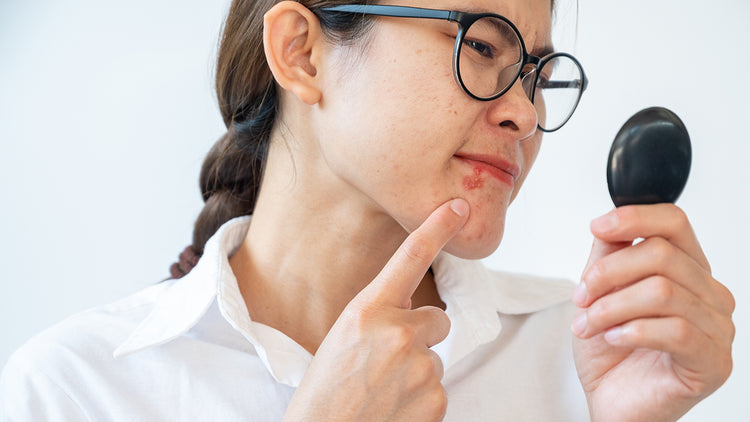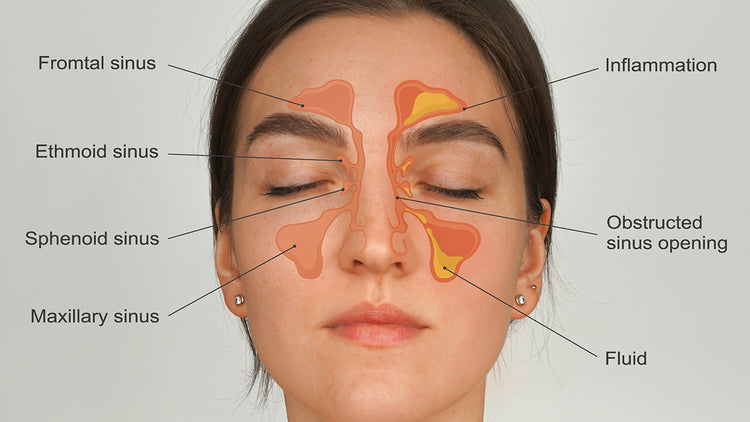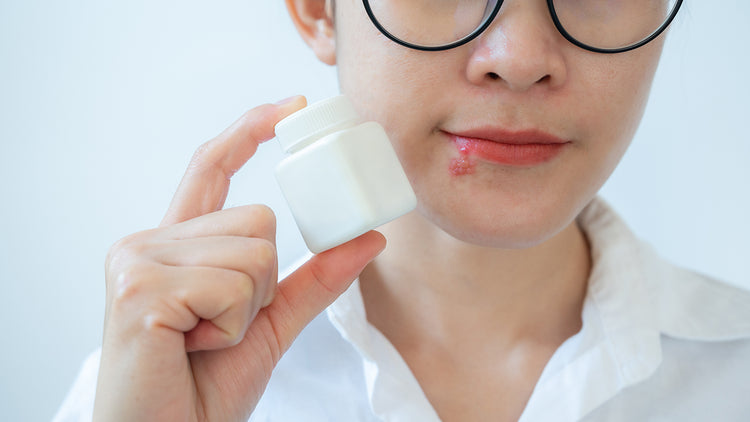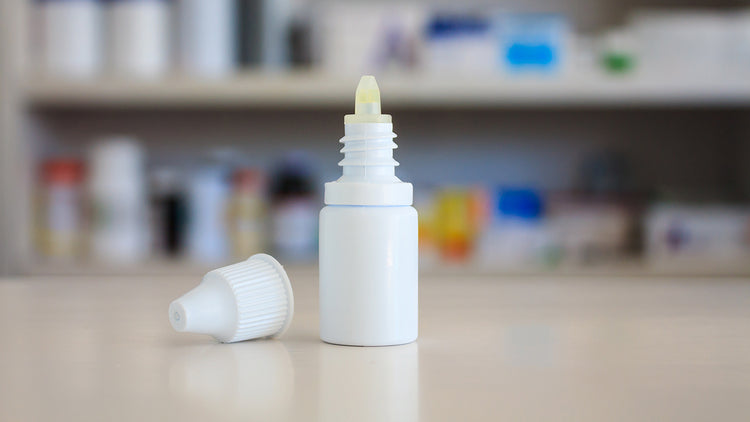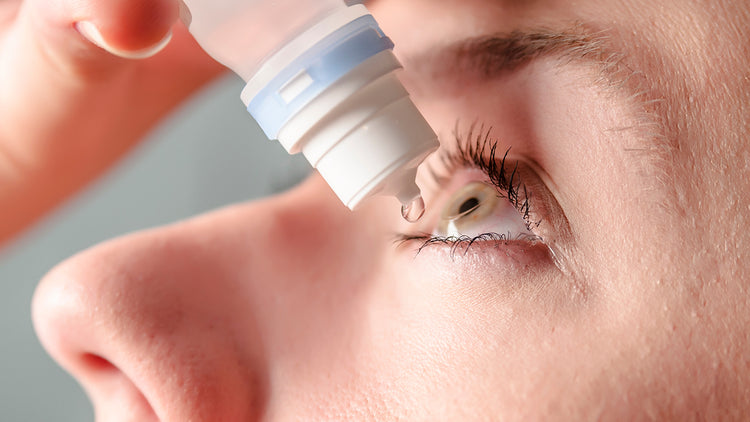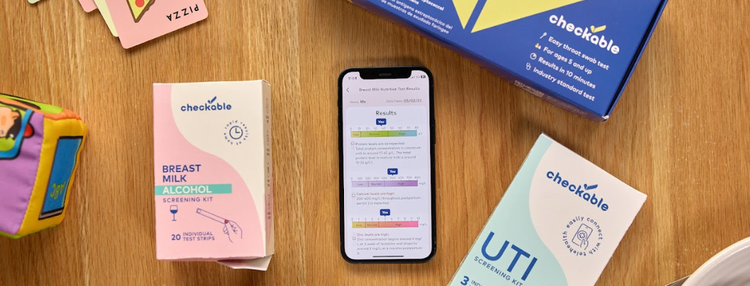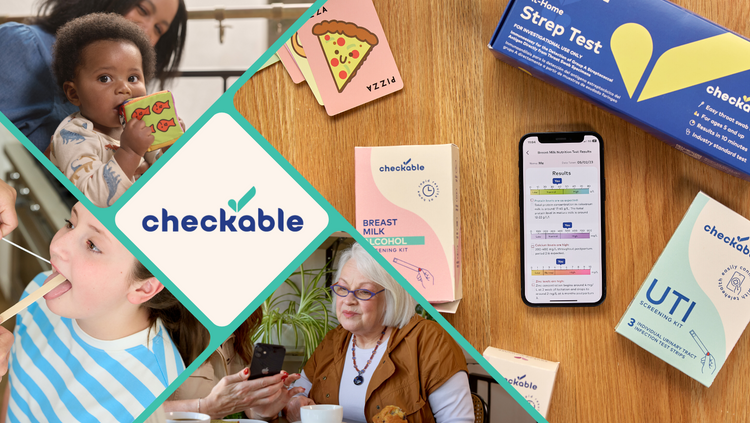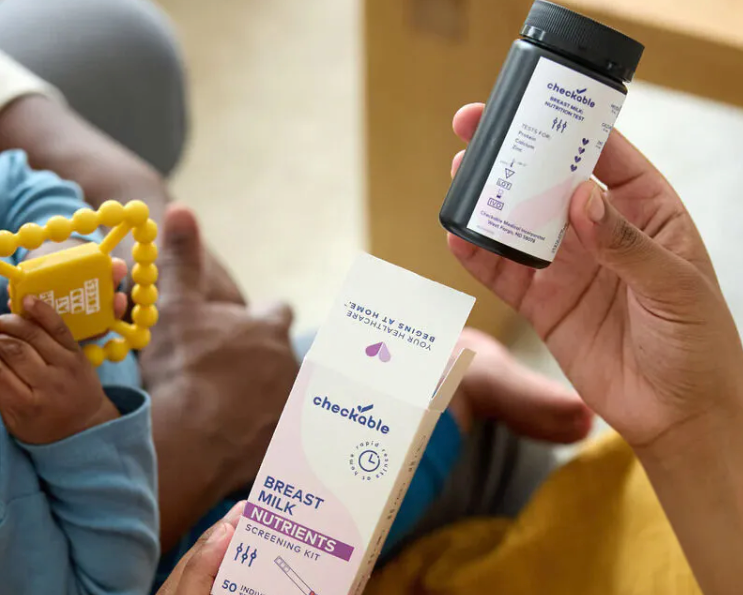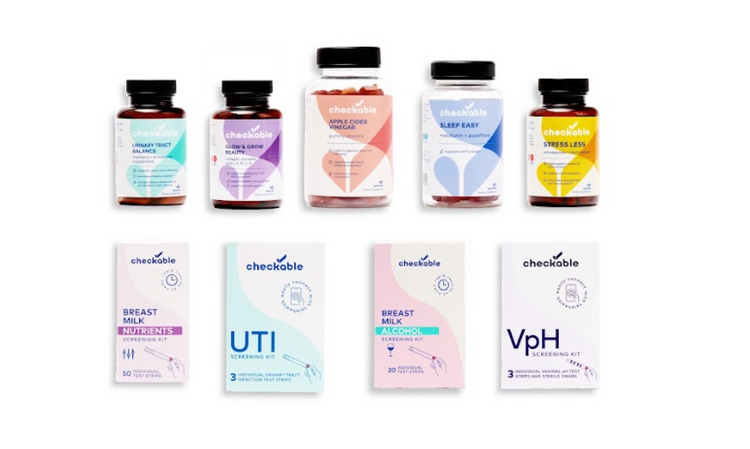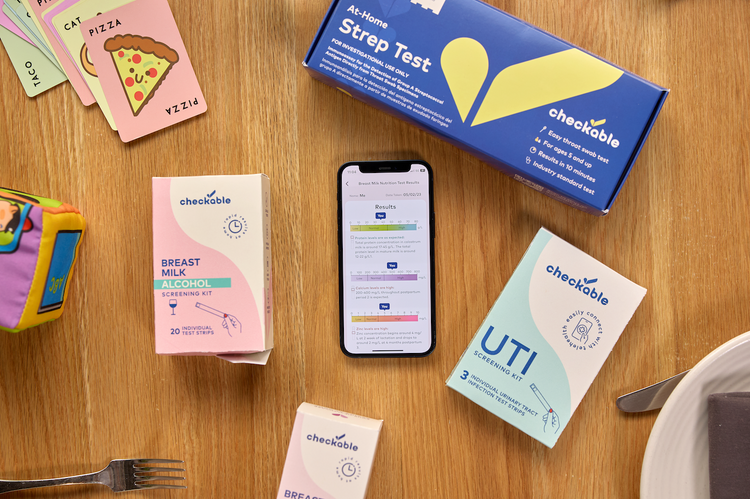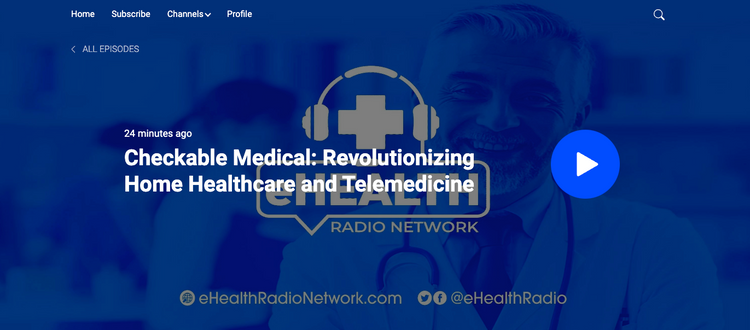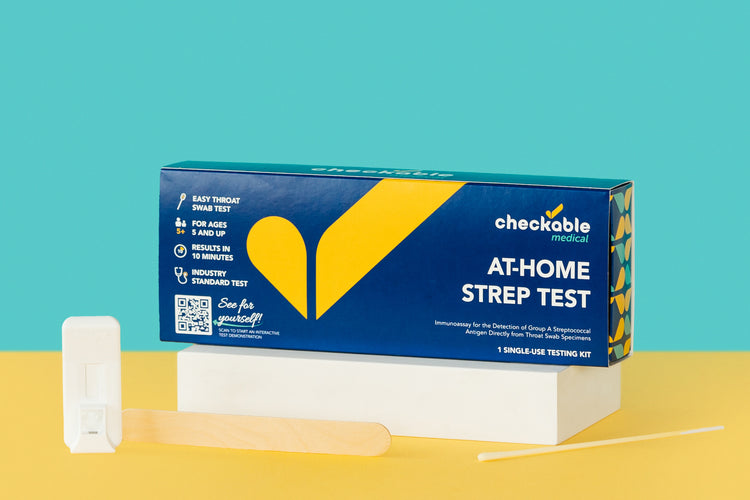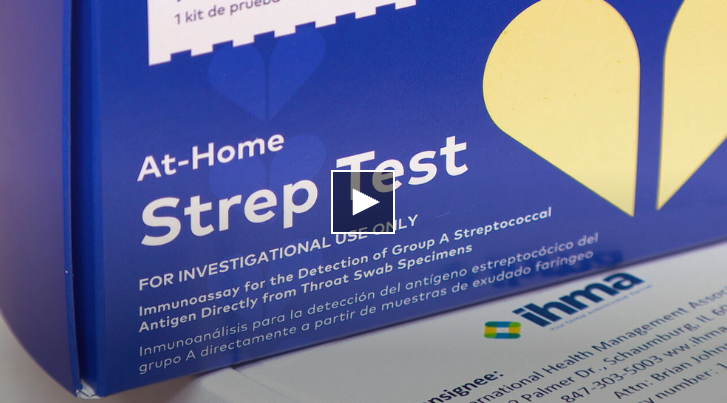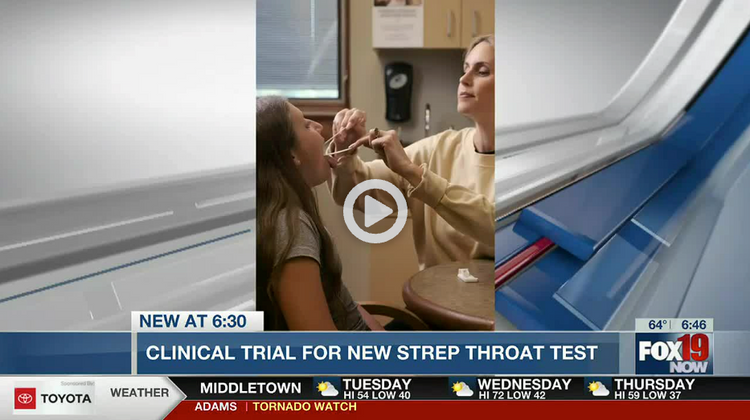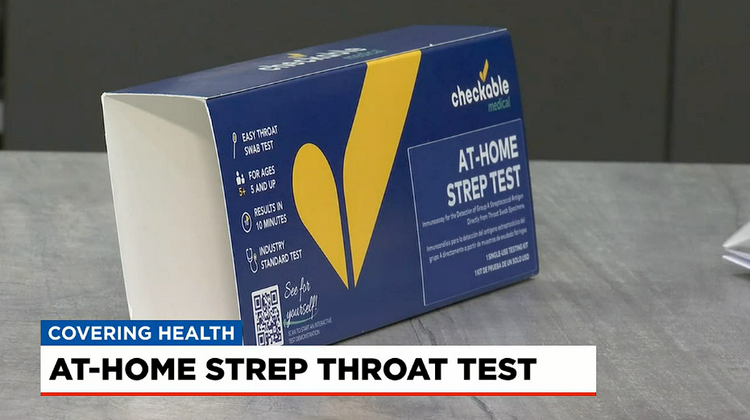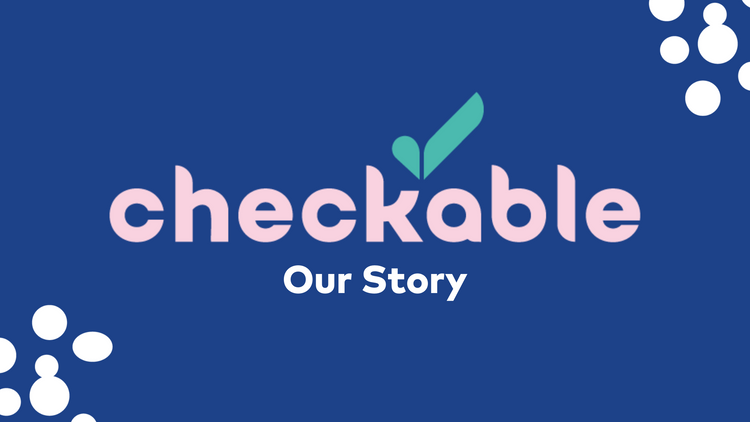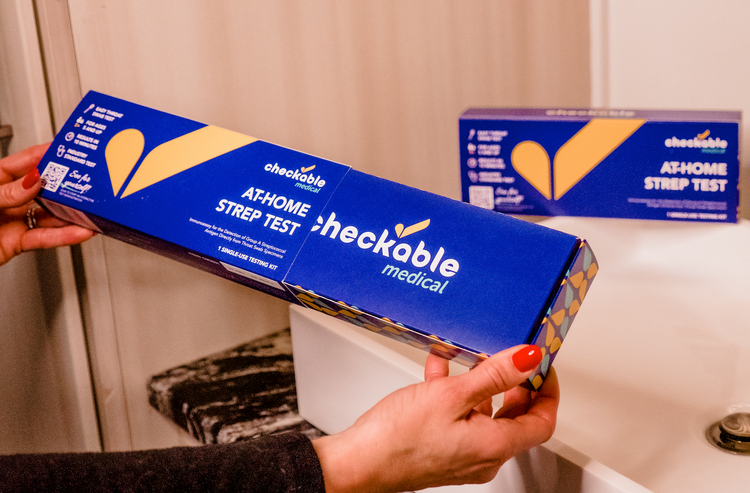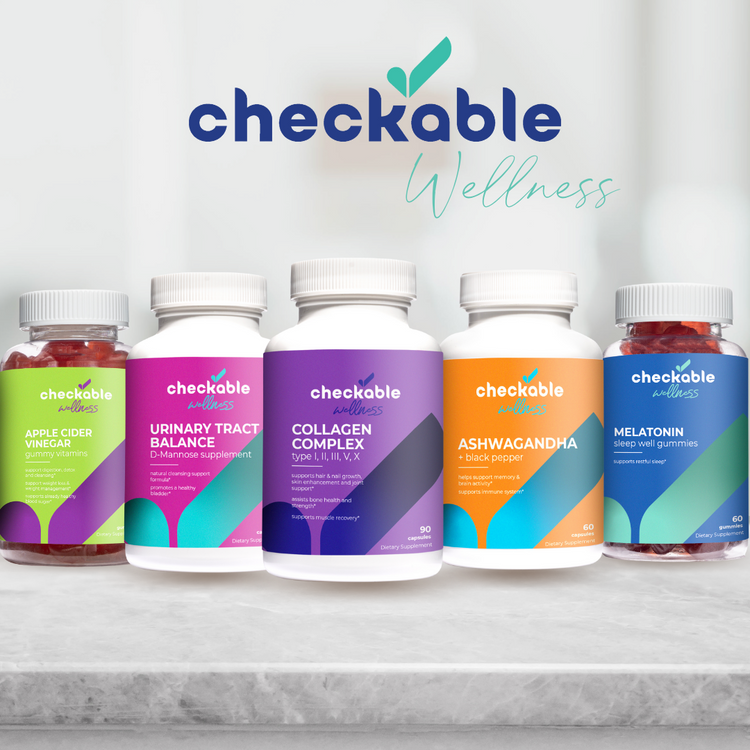
A sore throat can be a big pain, not only in your mouth but also in treating it. We all know that trips to the doctor and routine tests are not fun for you or your little ones and can cause missed work or school. So how do you know when your child's sore throat could be something more serious? Great question.
Although the only way to determine the cause of your throat pain is to take a rapid strep test (at home or at the doctor), you may want to look at some of the other symptoms to help differentiate. Sore throats are the number one ailment in most viruses, but bacteria could also cause it. Let's investigate!
What Is the Common Sore Throat?
The most common cause of a sore throat is a viral infection. A sore throat is often the first sign of a cold or flu (both viruses) or even seasonal allergies. A sore throat can start as a tickle in your throat and typically gets better or goes away after the first day or two. Other symptoms like a runny/stuffy nose, cough, and congestion may then make an appearance which is typically caused by a viral infection and will usually resolve on its own. Antibiotics will not help. A sore throat that comes from these types of viruses can be quite painful, but they usually are not as bothersome as strep throat, which also makes it difficult to swallow.
Sore Throat Causes
Sore throats are often caused by viruses such as the common cold, flu, covid, mono, chickenpox, measles, and croup, making them difficult to cure other than by soothing it. Sore throats may also just be from irritants like:
- dry air
- pollution or smoke (including cigarette smoke)
- allergies
Sore throats also usually go hand in hand with some other symptoms like:
- runny nose
- watery eyes
- cough
- sneezing
- post-nasal drip
- acid reflux
These symptoms are not present in strep throat cases.
What is Strep Throat?
Strep throat is a bacterial infection on the back of the throat and tonsils that comes from a group of bacteria called Group A beta-hemolytic Streptococci (GAS) bacterium, AKA, Streptococcus pyogenes. Strep accounts for approximately 1/3 of all sore throat illnesses in children. According to Mayo Clinic, strep throat is highly contagious and is most common in school-age kids and teens between 5 to 15 years old, although anyone can get it. Strep cases tend to rise during the school year (typically in winter/early spring) when kids are indoors more and in close quarters.
Symptoms of strep throat include:
- Sudden sore throat
- Pain/difficulty while swallowing
- Fever
- Tonsils that are red, swollen, and covered with white dots (pus)
- Rash (Scarlet fever)
- Swollen glands (lymph nodes)
- Headache
- Tired/fatigue
- Loss of appetite
If you or your child exhibits signs of strep rather than viral, it is advised to take a strep test, either at home or at your doctor’s office. If your test is positive, antibiotics will most likely be prescribed for ten days. It is important to take all of the medication to reduce the spread and avoid complications. Remember, antibiotics won’t cure viral infections and can cause resistance if taken when not needed.
Whatever the cause, here are some tips on soothing that sore throat so you can get back to good and feel better in no time.
Life is too short to sit in a doctor’s office
Sign up for our weekly newsletter and get valuable healthcare tips and tricks in your inbox!
Sign up now and unsubscribe anytime.
- Choosing a selection results in a full page refresh.
- Press the space key then arrow keys to make a selection.











